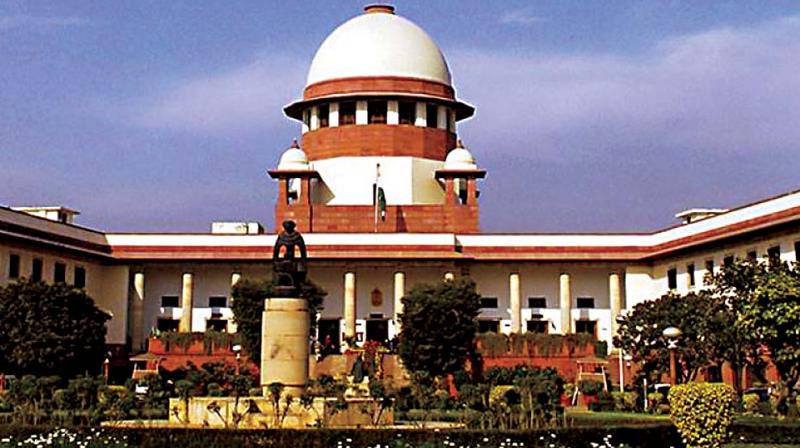A Supreme Court transformed, in just a month!
Adultery takes numerous forms and our lawmakers were keen to profess that adultery must be punished with five years in jail.

Our Supreme Court was established on January 26, 1950, the day our Constitution was brought into force. You may know it because we take some time on that day, every year, to remind ourselves about the greatness of our Constitution. However, there may not be any other month in the history of our Supreme Court where more number of monumental judgments touching upon the daily lives of the citizens was delivered, besides this month – September 2018. Thanks to one man, the Chief Justice of India: Justice Dipak Misra! He is retiring in the coming week, October 2, 2018.
Earlier this year, Justice Dipak Misra also became the only Chief Justice of India to witness an open rebellion and outpouring of dissatisfaction by the next four senior judges of the Supreme Court. However, thanks to a set of stunning judgments delivered by Justice Misra in these last four weeks of his tenure, few people may remember the days that plagued him earlier this year.
Let’s discuss here the significance to the public from the major judgments delivered this month by different Benches that were all presided by CJI Misra. Let’s start with the judgment on live streaming of Court proceedings before the Supreme Court. I have been publicly canvassing for electronic (audio and video recording) of Court proceedings for the past ten years and therefore, I see this judgment as transformative of our judiciary (I had no involvement in this particular judgment). In the coming weeks and months, you will begin to see on television and your mobile phones, the proceedings in our Supreme Court and the various High Courts and your public life will never be the same again! There will be a massive increase in public awareness of our laws, we will witness robust and orderly discussions inside the Courtroom about legal issues that plague our lives, there will be a manifold efficiency in how court proceedings are conducted, your cases will move very swiftly to completion as your lawyers may not wa
nt to embarrass themselves in full glare of the public by seeking adjournments or exhibiting unpreparedness, trials of corruption cases and other criminal cases involving public servants will now move swiftly in Courts and people will see their executive government suffer repeated embarrassments in Courts in the initial days. However, over time, we will see our government publicly improve in numerous ways. In my view, this judgment is one of the greatest judgments of our Supreme Court!
Then, take the judgment striking down a part of Section 377 of the Indian Penal Code, 1860. Under it, homosexual activity between two consenting adults would have invited a jail term of 10 years. Unless you are a homosexual yourself or a member of his or her family, you would never know the draconian nature of this provision. It used to rob all dignity and sense of purpose for homosexual and bisexual people. The Supreme Court emphatically threw out this archaic law and thereby, millions or even crores of homosexuals in this country witnessed what they call as their real independence day!
Take the judgment striking down Section 497 of the IPC. Adultery takes numerous forms and our lawmakers were keen to profess that adultery must be punished with five years in jail. However, Section 497 had less of a purpose to punish adultery and more a purpose of treating a married woman’s honour as the prized property of her husband! Thankfully, the Supreme Court struck it down as archaic and incompatible with our times. However, contrary to popular perception, the Supreme Court did not declare that the very offence of adultery cannot be criminalized, only Justice Dipak Misra held so and he was joined by another judge. Three other judges did not go so far. So, the Parliament could technically reintroduce Section 497 with substantial modifications, however.
Let’s come to the Aadhaar judgment. While the Supreme Court used to deliver its monumental judgments in the 1950s to 1970s within an average time of 6 months, in the case of Aadhaar, it aimlessly took 6 years to come to a judgment. In these years, more than 99% of the adult population adopted the Aadhaar and the Central Government had already spent tens of thousands of crores of rupees. So, though the Supreme Court has upheld the Aadhaar scheme and has imposed numerous restrictions and caveats, I think that the public will continue to experience Aadhaar as mandatory even for services the Court has declared as not mandatory. When you have 99% of the adult population covered under this scheme and too many people content to flash it as their identification even for services declared to be voluntary, you are also more likely to force yourself to flash your Aadhaar card as well to avoid prying eyes, more questions, suspicion and demand for and rejection of more records.
There is so much more to discuss!
The author is an advocate of Supreme Court.

